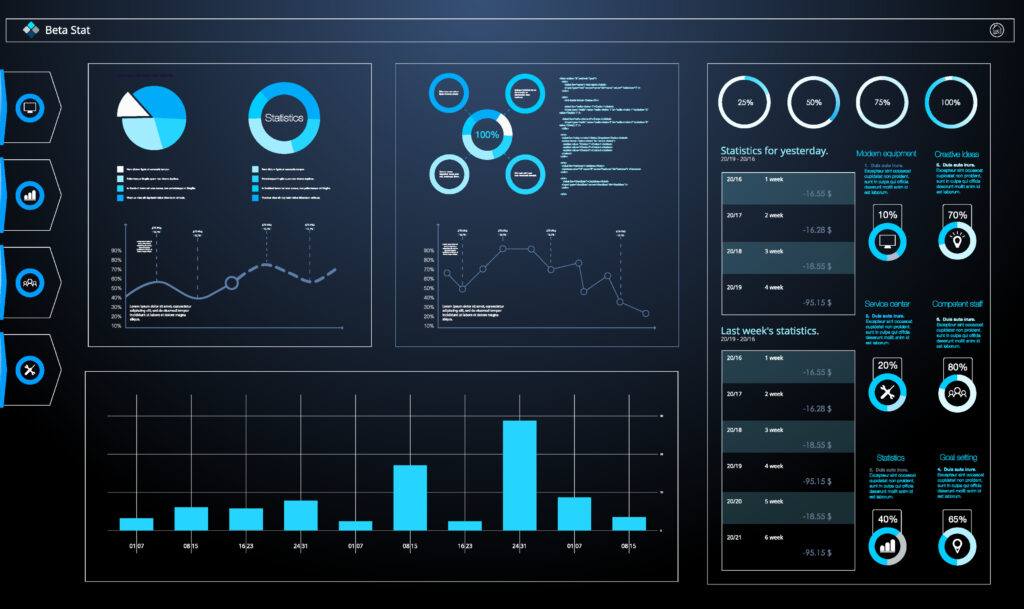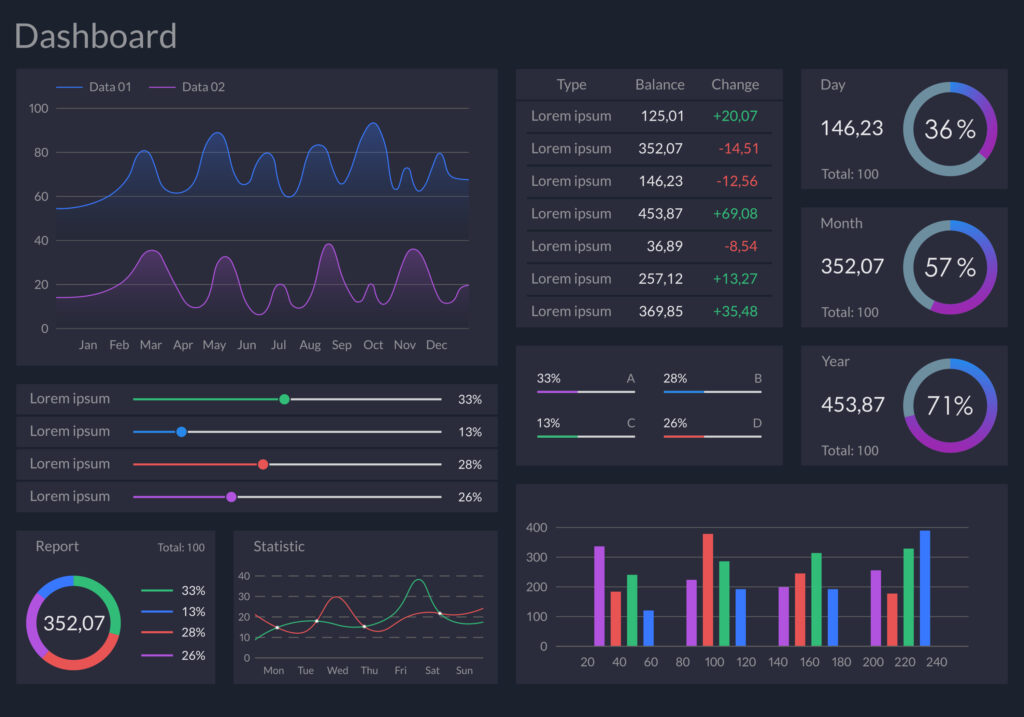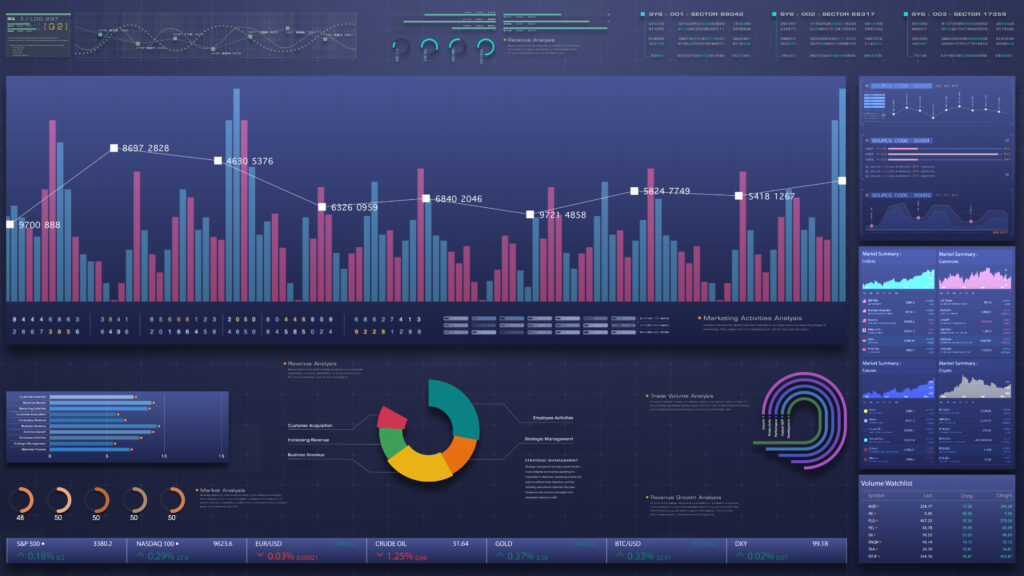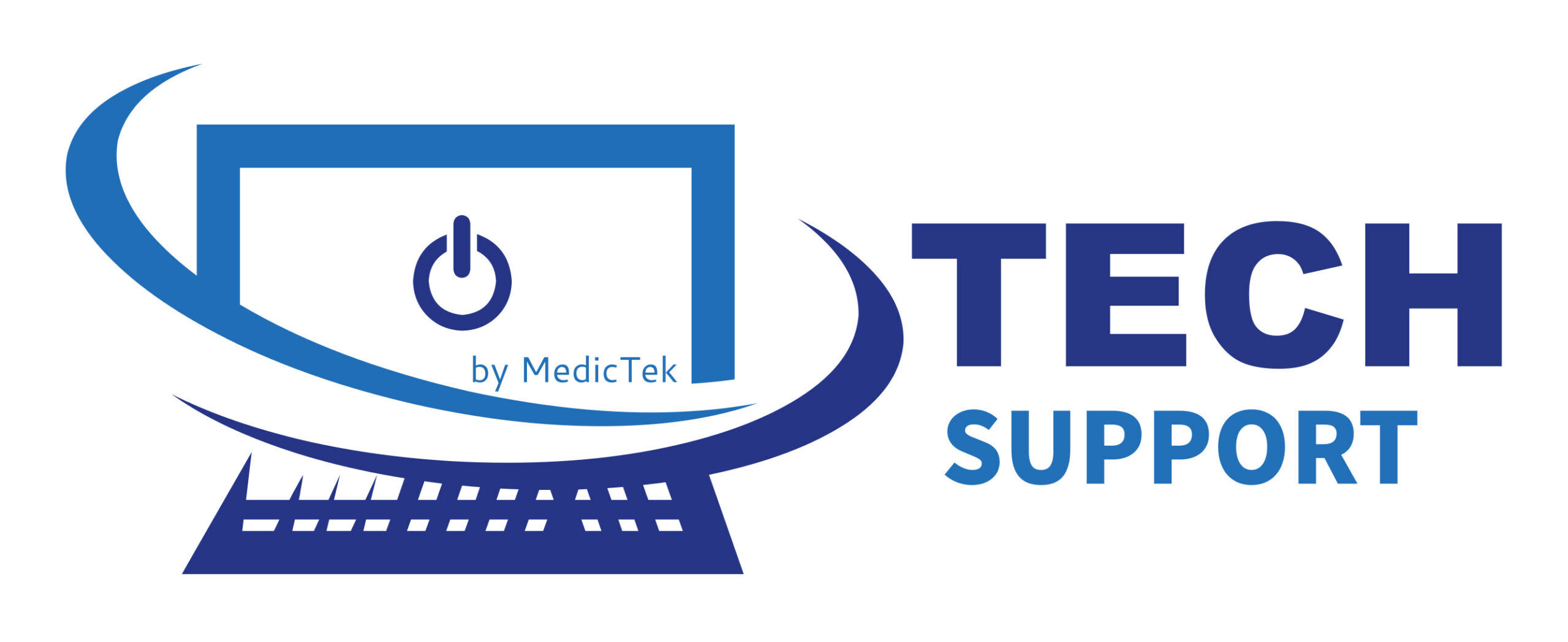


Establishing a Normal Baseline – it’s nearly impossible to determine if something is wrong with a systematic environment without establishing a baseline of normal operations. Once established, it is possible to determine if spikes in data transfers, processor utilization, and/or database activity is ranked as high/low, or abnormal. We install application agents that constantly monitor your computers and networks for normal activity as well as abnormal activity. We receive automated notifications when thresholds are exceeded and require human intervention.
Proactive Fixes – when a hardware manufacturer or software publisher releases a fix, it’s important to understand what the fix includes and what it may prevent. When other businesses experience risks first hand, a patch or fix can help your business proactively AVOID similar risks by applying patches and fixes before they are exploited. This requires constant review of releases and fixes as well as determine the effectiveness of said fixes prior to applying them to your systems environment. We not only review these releases as they are available, we also review/analyze the severity of the risk as well as the perceived stability and effectiveness once the risks are patched. In other words, does the patch actually address the problem, or does it possibly break something else in the process which could affect system uptime and stability?
If Disaster Strikes – bad things tend to happen at the most inconvenient times when it’s most costly to revenue and/or expenses. Each minute of downtime that can be avoided is crucial and knowing when something goes wrong as soon as possible helps get things back up and running with less delay. Proactive monitoring helps put action in motion when needed rather than costly delays when “waiting to be discovered.”
Having a Plan – the difference between reacting and proacting usually includes having a plan for when things inevitably go wrong. It takes even longer to address a problem if no procedures exist to troubleshoot and assess. This is why an experienced I.T. team is crucial to reducing the risk of downtime while also responding to incidences where time spent can be the difference between thousands of dollars lost and spent when an incident occurs.
